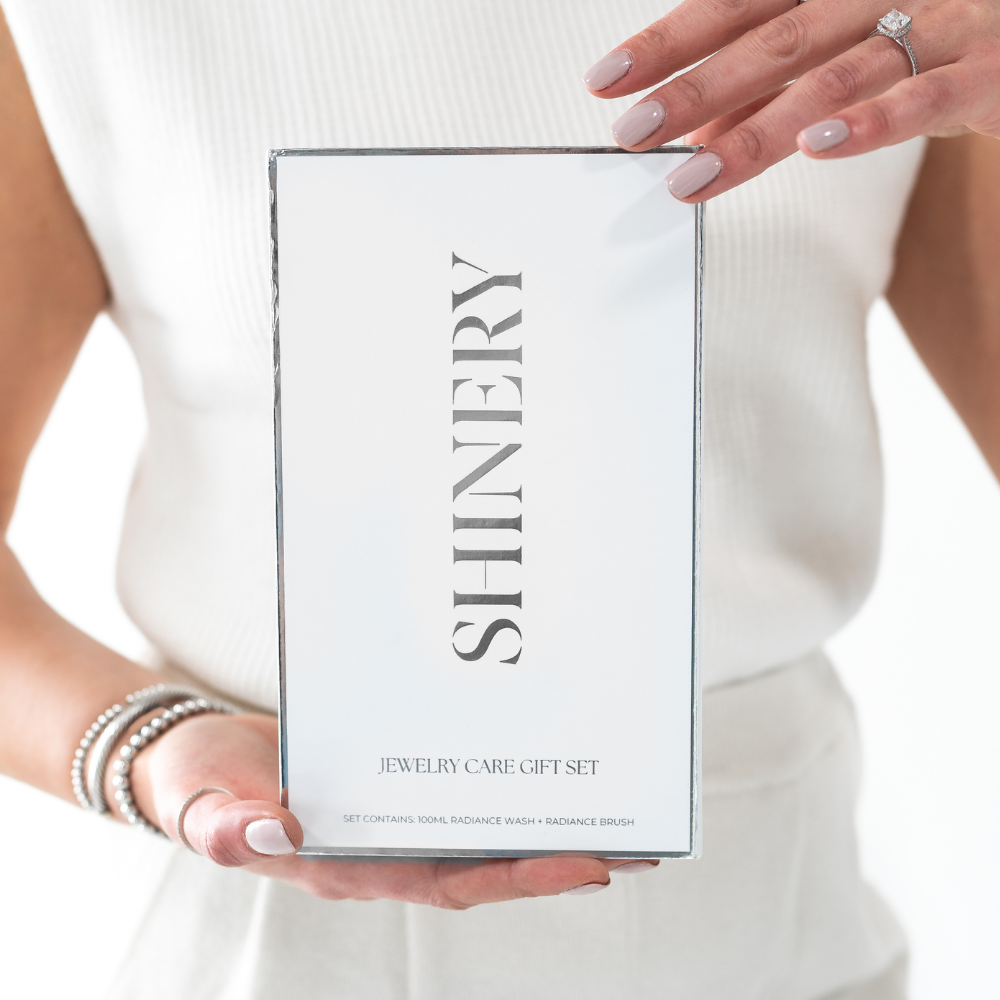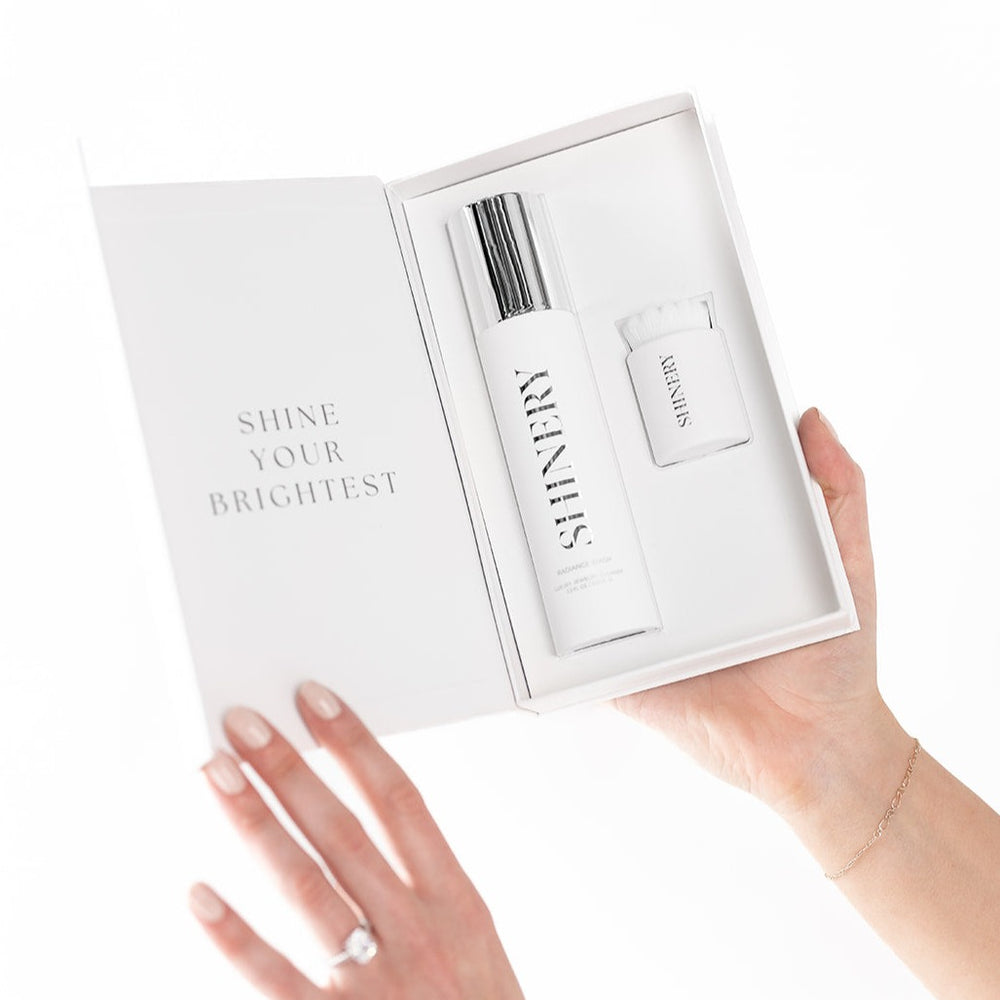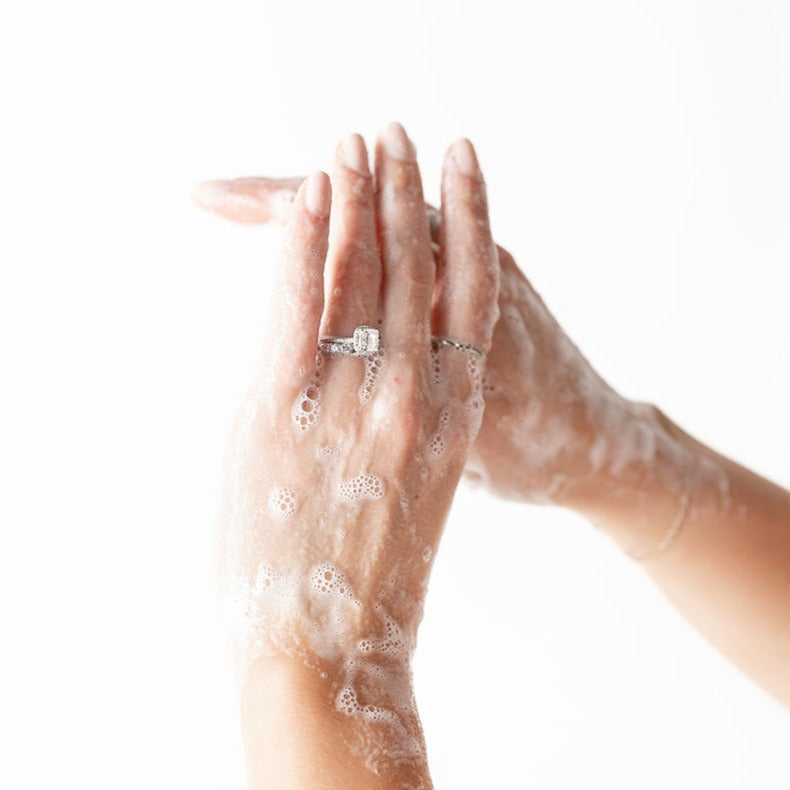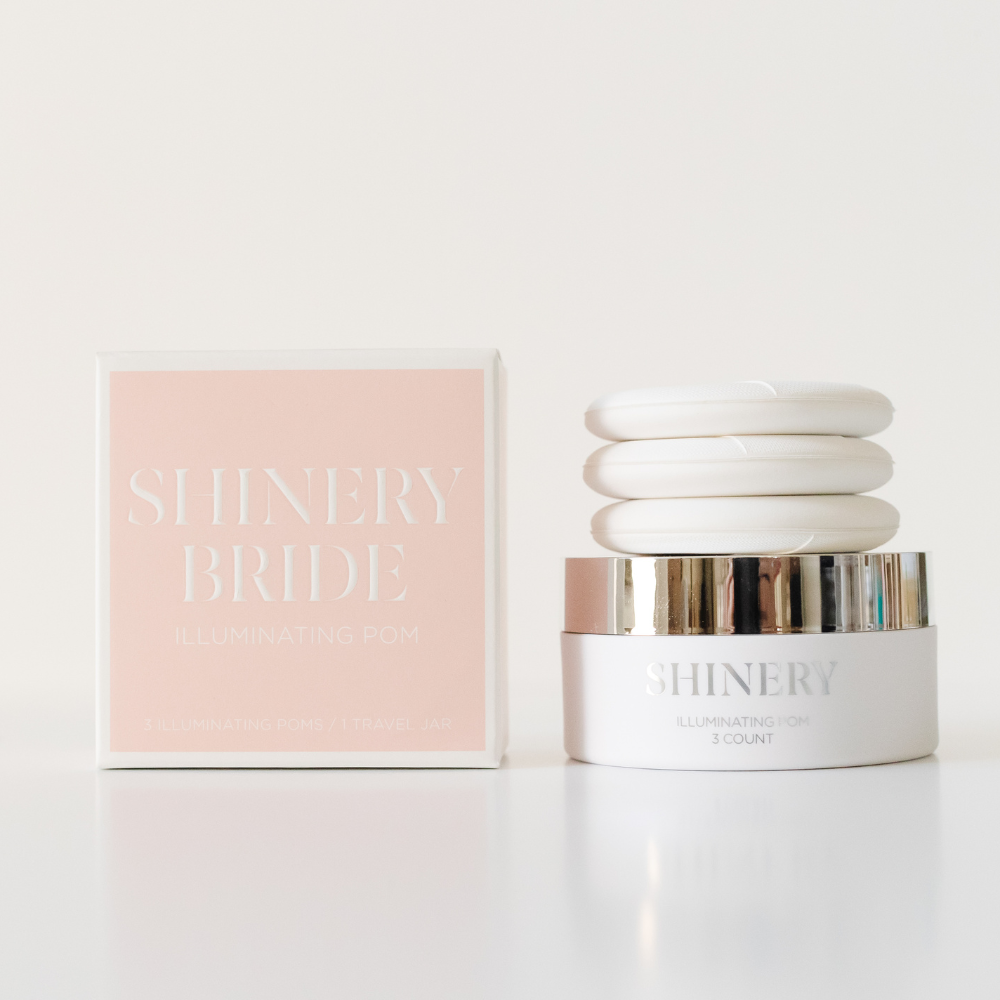INGREDIENT PHILOSOPHY
We created Shinery with the belief that if we use the most innovative, market-leading technology and formulate with clean, plant-based ingredients, we would have no need for secrets, no need for hidden formulas, and wouldn’t have to compromise on the results.
There are four principles that guide our ingredient philosophy:
Principle #1: Formulate & Educate – We believe in only using intelligent ingredients for radiant results. All of our formulas have been specifically developed by leading chemists to harness the beautifying power derived from both plant and water-based ingredients. We believe in educating on how our formulas work and why they are effective.
Principle #2: Technology & Innovation – We believe in using the most innovative, market-leading technology to create products that require minimal effort yet offer maximum results. All of our products are thoughtfully designed and easy-to-use for immediate and noticeably visible results.
Principle #3: Ingredient Declaration - We believe in transparency and do not believe in trade secrets or mysterious formulas. We believe you deserve to know exactly what is in the products you are using.
Principle #4: Our No List: The Fearful Five. Some of the most common ingredients in personal cleaning products aren’t actually clean at all. This is why we developed our own No List of Ingredients that we call the Fearful Five; if it is dangerous or toxic, you won’t find it in any of our formulas.
Our Fearful Five
Although these may be hard to pronounce, they are even harder on the body. These common preservatives are found in a wide array of liquid cosmetics, personal care products and cleaning products on the market today. These harmful ingredients have been linked to skin allergies, skin irritation and may be toxic to the nervous system. Both MIT and CMIT have use restrictions in Canada, the EU, and Japan.
These chemical ingredients make products lather and foam nicely and can be found in more than 90 percent of personal care and cleaning products. These harmful ingredients can cause severe skin, lung and eye irritation. A major concern with SLS and SLES is its potential to interact and combine with other chemicals to form 1,4-dioxane, a known carcinogen. Sulfates also strip away your natural oils, leaving your skin parched and dry.
Because of proprietary laws, companies do not have to disclose what’s in their scents, so you won’t find phthalates on a label. If you see the word “fragrance” on a label, there’s a good change phthalates are present. Phthalates are known endocrine disruptors, particularly affecting female reproduction and male fertility.
The most common parabens are methyl-, isobutyl-, propyl-, ethyl-, butyl-, and isopropyl-. This class of preservatives is widely used to prevent the growth of bacteria, mold, and yeast. Parabens are most worrying for their estrogen-mimicking properties that are associated with an increased risk of breast cancer. These chemicals are absorbed through the skin and have been identified in biopsy samples from breast tumors. Certain parabens have also been linked to hormone disruption
An engineered scent or coloring agent may contain any combination of thousands of chemicals that are untested and potentially unsafe. Synthetic color is traditionally made from coal tar and contains heavy metal salts that deposit toxins onto the skin, causing skin sensitivity and irritation. Synthetic colors are usually listed as color and a number or listed as “colorant”. Synthetic fragrance is usually listed as “fragrance”. These umbrella terms do not require disclosure under the federal law’s classification of trade secrets.













